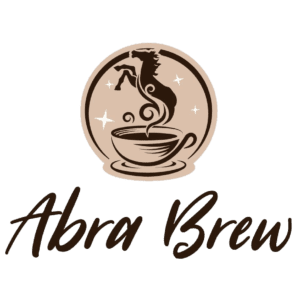Historical and Cultural Life of Barrio Cogon
Brief History of Cogon, Tineg
How Cogon got its Name
FIRST SIGHT OF THE BARRIO
Before and during the Spanish period, there was no barrio known as Kogon. The present barrio was once the extinct barrio of Malakgaw that was formerly and nearer the heart of AGSINAG. Same as Kogon Malakgaw was located along the riverbank to facilitate fishing which was the second source of livelihood of the people.
The people of Malakgaw depended more on upland rice and corn. They had to clear the forest. Their small rice fields could not support them. So they decided to abandon their village. They went northward until they came to Kogon, the present barrio.
HOW THE BARRIO GOT ITS OFFICIAL NAME
The people of Malakgaw abandoned their barrio. They went northward until they came to a wide cogonal land. Here they decided to settle. They put up their houses using the cogon grass as their roofing material. They called their new barrio Kogon, after the cogon they found there.
OTHER NAME OF COGON
Among the inhabitants, Naglicu-an is the popular name of Kogon. It has been named so from its location along the riverbed.
Nagli-cuan came from the word “Naglico” which means curve. The barrio being set up at a curvature of the river, it came to be popularly called “Naglicu- an.”
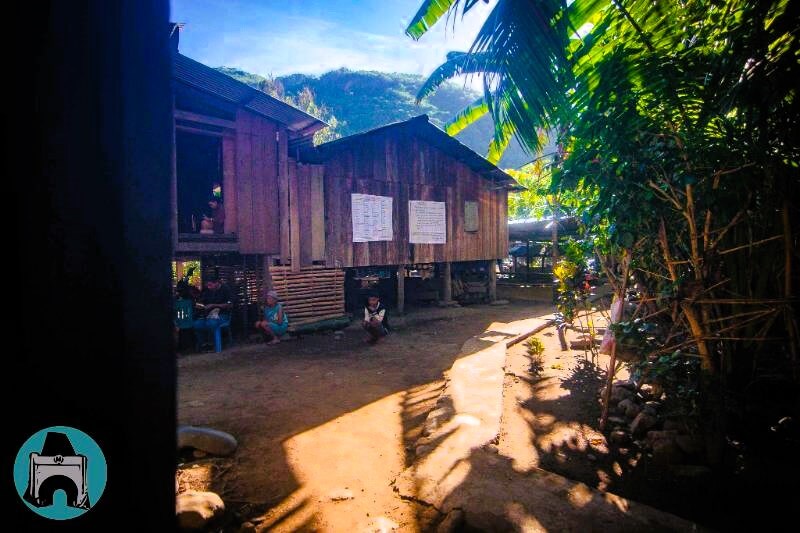
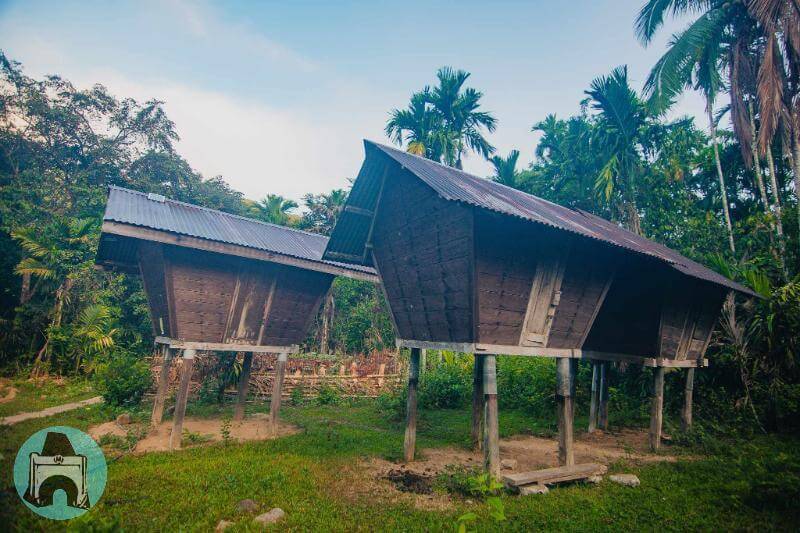
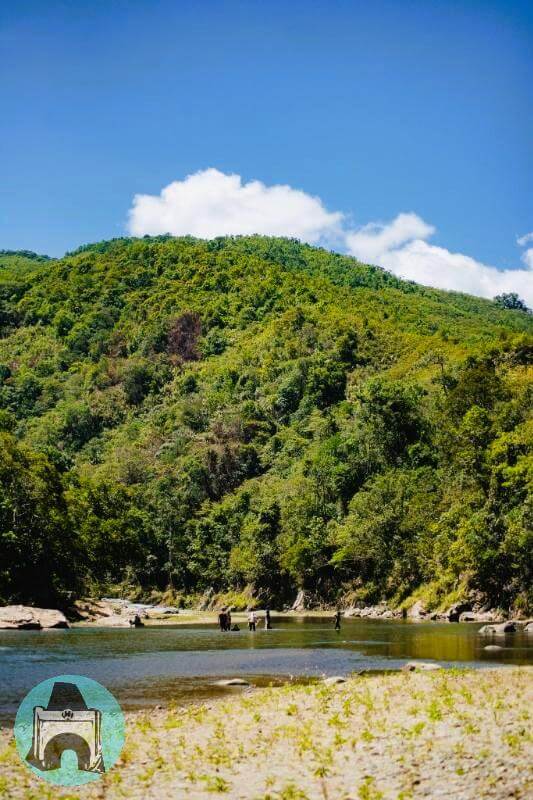
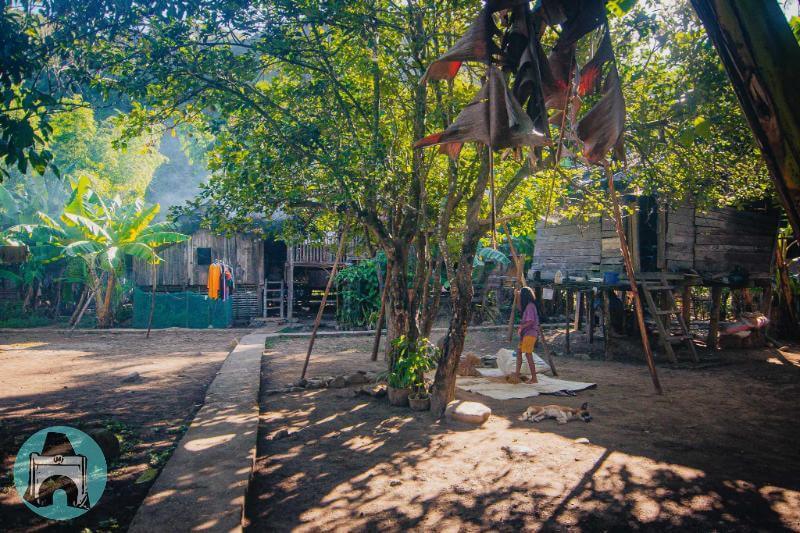
Original Families of Cogon
THE ORIGINAL FAMILIES
The people of Kogon are Malays. They descended from the tribes of Lamao, a chief of Babagan, a part of Mountain Province.
Lamao and his people used to clear the forest for planting. Being tired from clearing year by year, they decided to look for a place where they could have permanent land to cultivate.
They crossed the mountain to find tillable valleys. They came across Malakgaw. Seeing that the place was quite good they settled down.
Here they made rice fields which in addition to their kaingins they planted to rice.
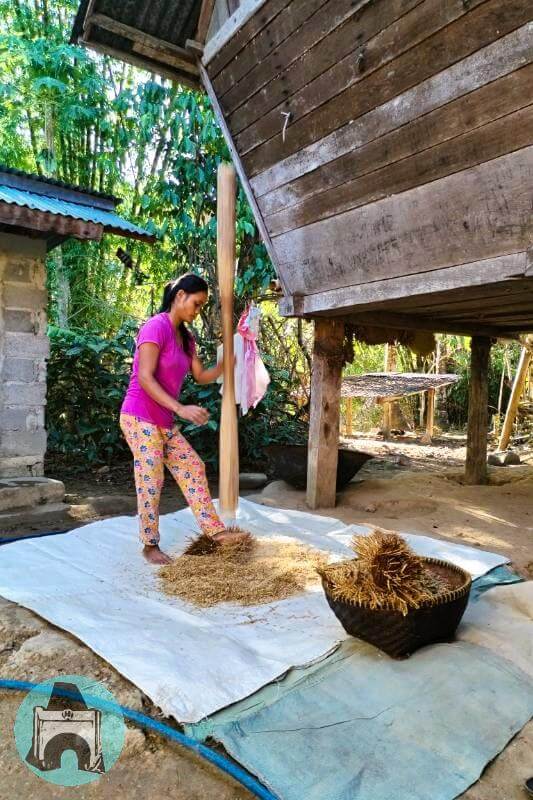
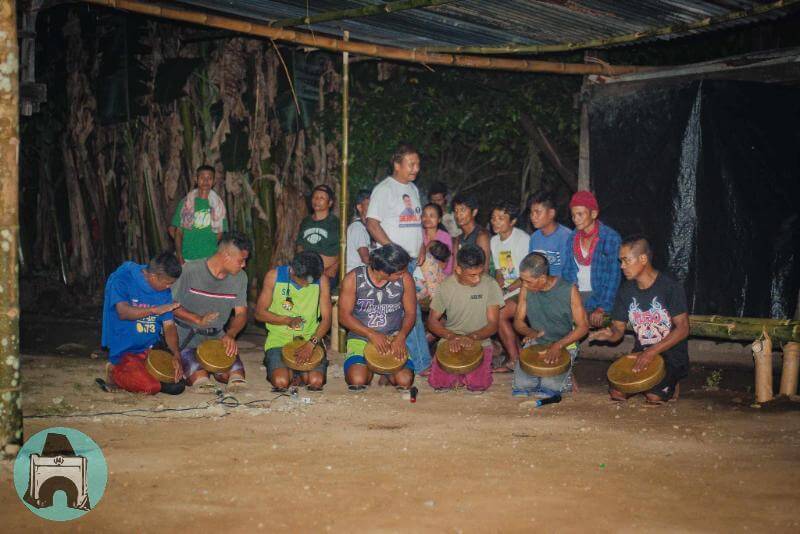
List of Tenientes (Barrio Officials)
BARRIO LIEUTENANTS
Kogin is a barrio of Tineg. As a part of Tineg, it was under the municipality of Dolores and then of San Juan when the district was not yet an independent one. In the early days heads of the villages were the Cabezas de Barangay, the first and last of whom was Kalyawan.
The following is a list of those who served as “Tenientes del Barrio” for as long as the old people can remember:
BARRIO LIEUTENANTS
- Bunggi
- Tungad
- Delaw
- Gabino
- Lekney
- Posdag
- Uliguen
BARRIO LIEUTENANTS
8. Gamed
9. Uringan
10. Bengan
11. Subad
12. Gabriel
13. Dugnayan
14. Batawang
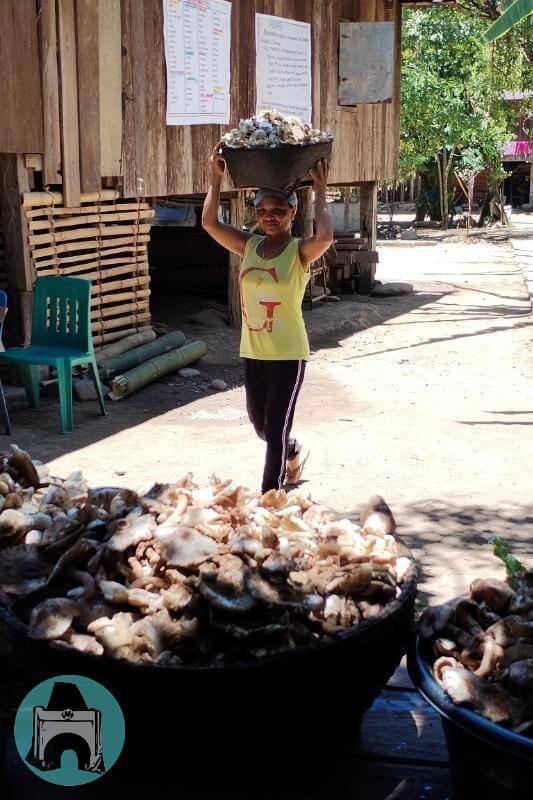
THE TRIBAL WAR OR “KALINGA”
During the Spanish period Tineg was engaged in a tribal war locally known as “Kalinga.” Kogon being a part of Tineg was no exception. So the people built houses with small windows to protect themselves from sudden attacks by the tribes from Mountain Province.
But tired of bloody battle the two enemies had a treaty of peace called “Bedeng.” They became friends after all.
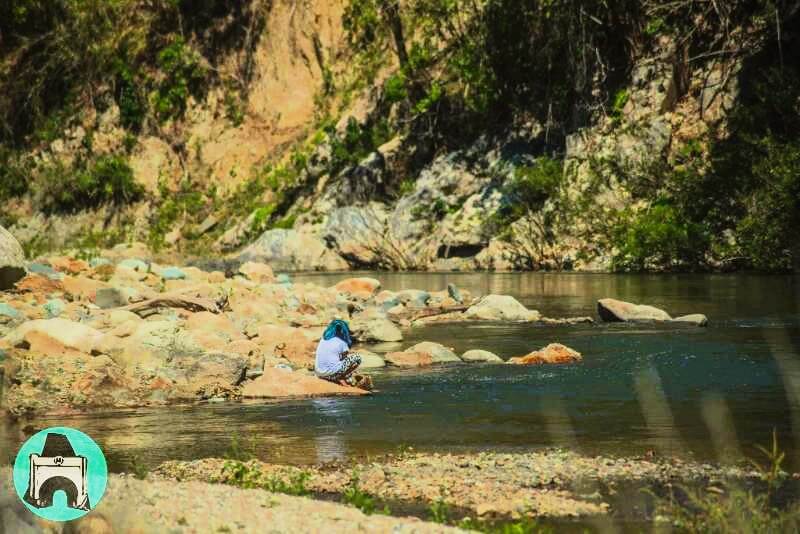
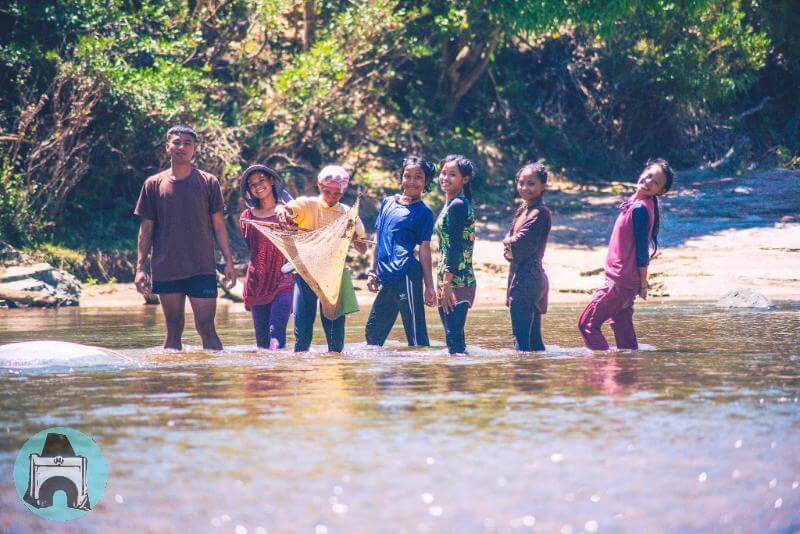
PIN to Read Later
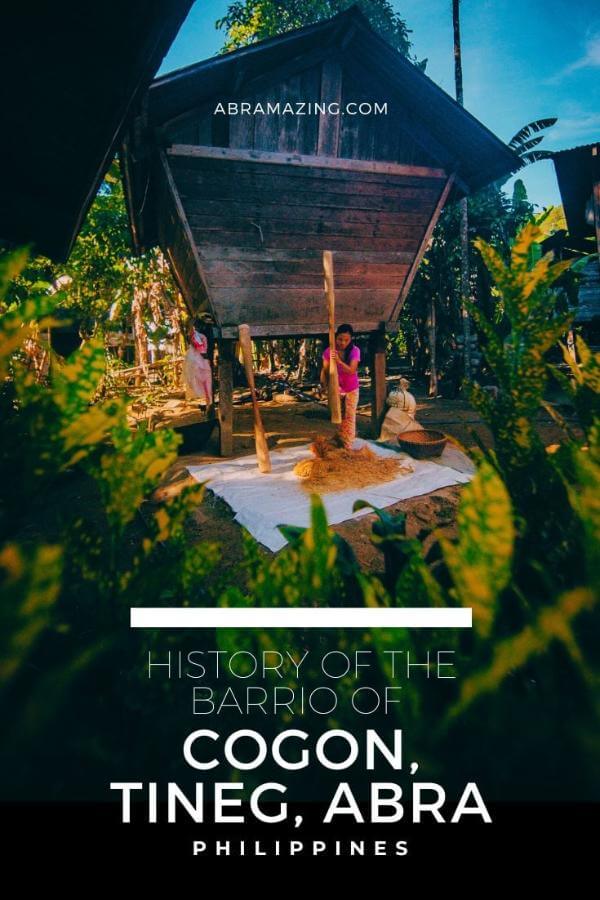
Did you like “History of the Barrio of Cogon, Tineg, Abra” ?
If so then please share this page with your friends.
Leave a comment below to let us know what you liked best.
Thankyou for sharing 🙂
PIN to Read Later
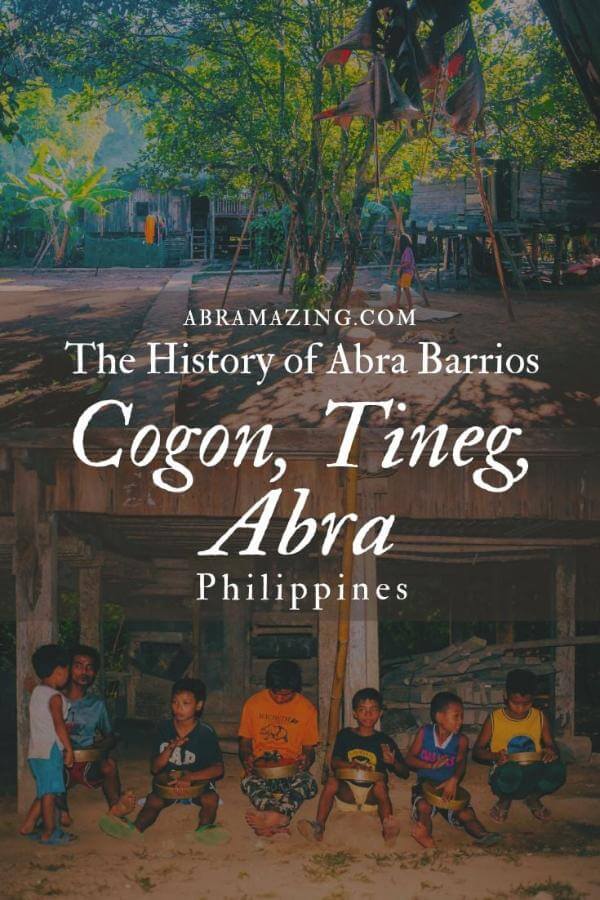
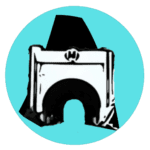
Follow Abramazing on Social Media for more Culture, Heritage, Food and Travel around Abra.



